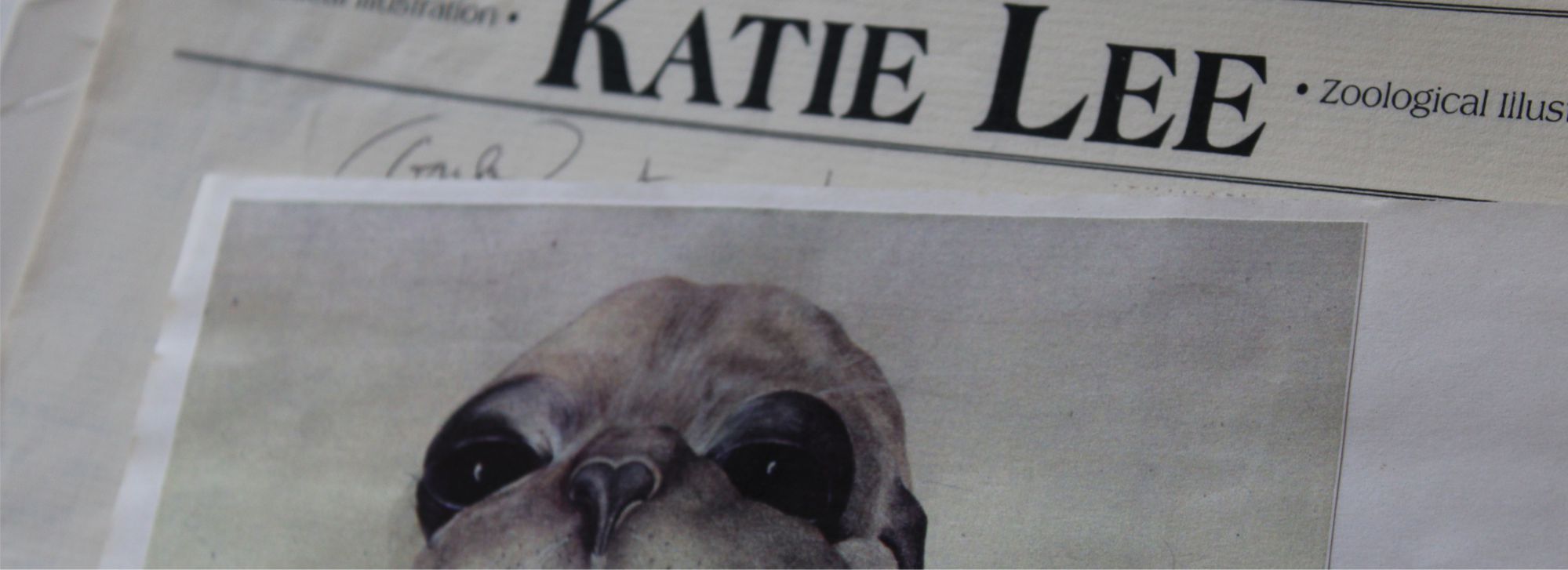Section
Feminine presence in the islands
Women have had an important presence in all the groups that have visited or inhabited the Galapagos. They were among the first settlers, and in the early tourist trips and scientific expeditions. There were and still are female scientists, researchers, writers, photographers, illustrators, guides, park rangers, sailors, politicians and administrators, among others, closely linked to the history of the archipelago.
However, this powerful presence, which covers several decades of island history, has not been sufficiently documented, recognized or made visible. This section aims to fill that gap and recover voices, experiences and ideas.
Associated sections: Fragments for a history
Feminine presence in the islands 001
The history of women in the Galapagos Islands is the story of countless encounters, discoveries, hardships and sacrifices. From the early colonizing occupation and the deportations carried out by the Ecuadorian government, to the current residents, through the famous European pioneers and the first travelers, artists and scientists, all of them have left their mark and became a link in a rich narrative. This is its first chapter.
Feminine presence in the islands 002
The second chapter in the history of women in the Galapagos Islands addresses the arrival of the first female researchers and scientists, including Ruth Rose, Isabel Cooper, and Marie Poland Fish. They were part of the expeditions carried out aboard the Noma (1923) and the Arcturus (1925), both led by American ornithologist William Beebe, and organized by the New York Zoological Society. Those women would pave the way for many others, including those who now work at the Charles Darwin Research Station.
Feminine presence in the islands 003
The third chapter of the history of women in the Galapagos Islands recovers the adventures of Borghild Kristine Rorud, a Norwegian student who came to Santa Cruz Island in 1926, along with the first contingent of settlers of that nationality who arrived there and founded the bases of current Puerto Ayora. Sent by the University of Oslo to collect botanical samples, she spent about six months on the field, living in a tent, and ended up adding two new species to the Galapagos flora.
Feminine presence in the islands 004
The fourth chapter of the history of women in the Galapagos Islands recovers the mentions, in the literature of the time, of the first women colonists in the archipelago: those who occupied Floreana Island after Colonel Ignacio Hernández took official possession of the insular territory on February 12, 1832 in the name of the Republic of Ecuador.
Text & picture: Edgardo Civallero (edgardo.civallero@fcdarwin.org.ec).
Publication date: 1 December 2021
Last update: 1 October 2023
